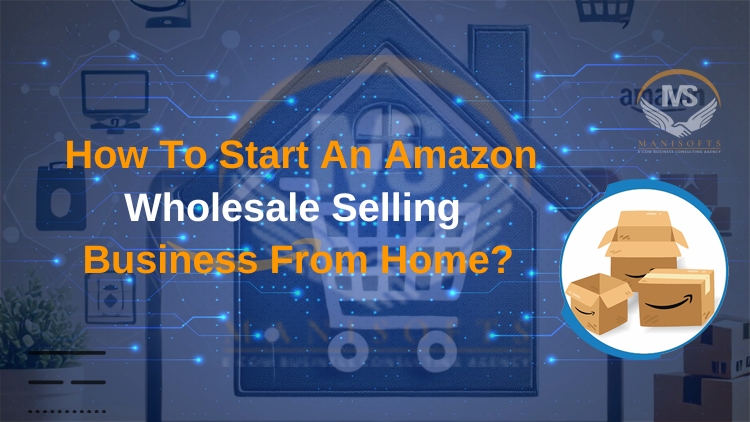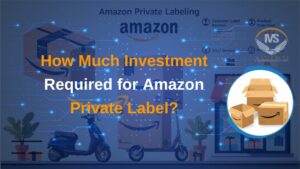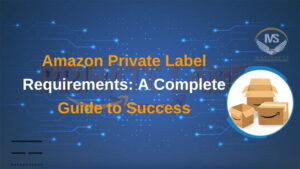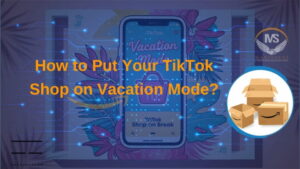How to start an Amazon Wholesale selling business from home? Learn the step-by-step process to launch a profitable Amazon wholesale business from home. Discover sourcing strategies, account setup, and tips for success in online retail.
Introduction
Starting an Amazon wholesale selling business from home has become an increasingly popular way for entrepreneurs to tap into the e-commerce market. This business model allows you to purchase products in bulk from manufacturers or distributors and resell them on Amazon’s vast marketplace. With low startup costs and the potential for significant profits, it’s an attractive option for those looking to build a flexible, home-based business.
In this guide, we’ll explore the essential steps to launch your own Amazon wholesale venture. From understanding the basics of wholesale selling to setting up your Amazon seller account and sourcing products, we’ll cover everything you need to know to get started. Whether you’re a complete beginner or have some experience in e-commerce, this comprehensive overview will help you navigate the exciting world of Amazon wholesale selling from the comfort of your home.
How to start an Amazon wholesale selling business from home?
Starting an Amazon wholesale selling business from home can be lucrative with the right strategy. Here’s a step-by-step guide to help you get started:
1. Understand Amazon Wholesale Selling
Amazon wholesale selling involves purchasing products in bulk from manufacturers or distributors and reselling them on Amazon. As a wholesaler, you’ll sell existing branded products rather than create your own.
2. Set Up Your Business
- Choose a business structure (e.g., sole proprietorship, LLC)
- Register your business
- Obtain necessary licenses and permits
- Set up a business bank account
3. Create an Amazon Seller Account
- Go to sellercentral.amazon.com
- Choose between Individual and Professional selling plans
- Complete the registration process
4. Develop Your Business Plan
- Define your niche and target market
- Set financial goals
- Outline your operational strategy
5. Secure Funding
- Determine your startup costs
- Consider options like personal savings, loans, or investors
6. Source Products
- Research profitable products using tools like Jungle Scout or Helium 10
- Identify potential suppliers through online directories, trade shows, or wholesaler websites
- Contact suppliers and request product catalogues and pricing
7. Establish Relationships with Suppliers
- Negotiate terms and minimum order quantities
- Verify the authenticity of products and suppliers
- Obtain necessary documentation (invoices, certificates of authenticity)
8. Set Up Your Home Office
- Designate a workspace
- Invest in essential equipment (computer, printer, packaging materials)
9. Create Product Listings
- Use high-quality images and detailed descriptions
- Optimise listings with relevant keywords
- Set competitive prices
10. Manage Inventory
- Use Amazon’s Fulfillment by Amazon (FBA) service or handle shipping yourself
- Monitor stock levels and reorder as needed
11. Handle Customer Service
- Respond promptly to customer inquiries
- Address issues and negative feedback professionally
12. Scale Your Business
- Reinvest profits to expand your product range
- Continuously analyse performance and adjust strategies
- Consider hiring virtual assistants or employees as you grow
13. Stay Compliant
- Keep accurate financial records
- Pay taxes on time
- Stay updated on Amazon’s policies and regulations
14. Continuously Educate Yourself
- Attend e-commerce workshops and webinars
- Join Amazon seller forums and communities
- Stay informed about industry trends
Starting an Amazon wholesale business from home requires dedication, research, and careful planning. By following these steps and continuously refining your approach, you can build a successful and profitable venture in the dynamic world of e-commerce.
Challenges and Overcoming Them
Starting and running an Amazon wholesale business from home has its share of challenges. Here’s an overview of common obstacles and strategies to overcome them:
Common challenges faced by Amazon wholesale sellers:
1. Finding reliable suppliers
- Challenge: Locating trustworthy suppliers who offer competitive prices and consistent quality.
- Impact: Affects product availability, pricing, and overall business reputation.
2. Managing cash flow
- Challenge: Balancing inventory purchases with incoming revenue, especially in the early stages.
- Impact: Can limit growth potential and cause stockouts or overstock situations.
3. Dealing with competition
- Challenge: Standing out in a marketplace with numerous sellers offering identical products.
- Impact: This may lead to price wars and reduced profit margins.
4. Maintaining profit margins
- Challenge: Keeping prices competitive while ensuring profitability.
- Impact: This can result in unsustainable business operations if not managed properly.
5. Navigating Amazon’s policies and algorithms
- Challenge: Staying compliant with Amazon’s ever-changing rules and understanding their ranking system.
- Impact: Non-compliance can lead to account suspension; poor understanding of algorithms can result in reduced visibility.
7. Handling customer service issues
- Challenge: Addressing customer complaints, returns, and negative feedback effectively.
- Impact: This can affect seller ratings and account health.
8. Scaling the business
- Challenge: Growing the business while maintaining quality and efficiency.
- Impact: Improper scaling can lead to operational issues and decreased performance.
Strategies for overcoming obstacles:
1. Finding reliable suppliers
- Strategy: Attend trade shows, use verified supplier directories, and start with small orders to test reliability.
- Benefit: Builds a network of dependable suppliers, ensuring consistent product quality and availability.
2. Managing cash flow
- Strategy: Use inventory management software, negotiate favorable payment terms with suppliers, and consider a line of credit for large purchases.
- Benefit: Improves financial stability and allows for strategic inventory investments.
3. Dealing with competition
- Strategy: Focus on niche products, offer superior customer service, and consider bundling products.
- Benefit: Differentiates your offerings and reduces direct price competition.
4. Maintaining profit margins
- Strategy: Regularly review and adjust pricing, focus on high-margin products, and optimize operational costs.
- Benefit: Ensures long-term business sustainability and profitability.
5. Navigating Amazon’s policies and algorithms
- Strategy: Stay informed through Amazon Seller Central updates, join seller forums, and consider hiring an Amazon consultant.
- Benefit: Reduces the risk of policy violations and improves product visibility.
6. Handling customer service issues
- Strategy: Implement proactive communication, create standard operating procedures for common issues, and consider using customer service software.
- Benefit: Improves customer satisfaction and maintains positive seller metrics.
7. Scaling the business
- Strategy: Invest in automation tools, consider outsourcing non-core activities, and develop systematic processes for all business operations.
- Benefit: Allows for sustainable growth without compromising quality or efficiency.
By recognizing these common challenges and implementing targeted strategies to overcome them, Amazon wholesale sellers can build more resilient and successful businesses. Adaptability and continuous learning are key to thriving in the dynamic e-commerce landscape.
Tips for Success
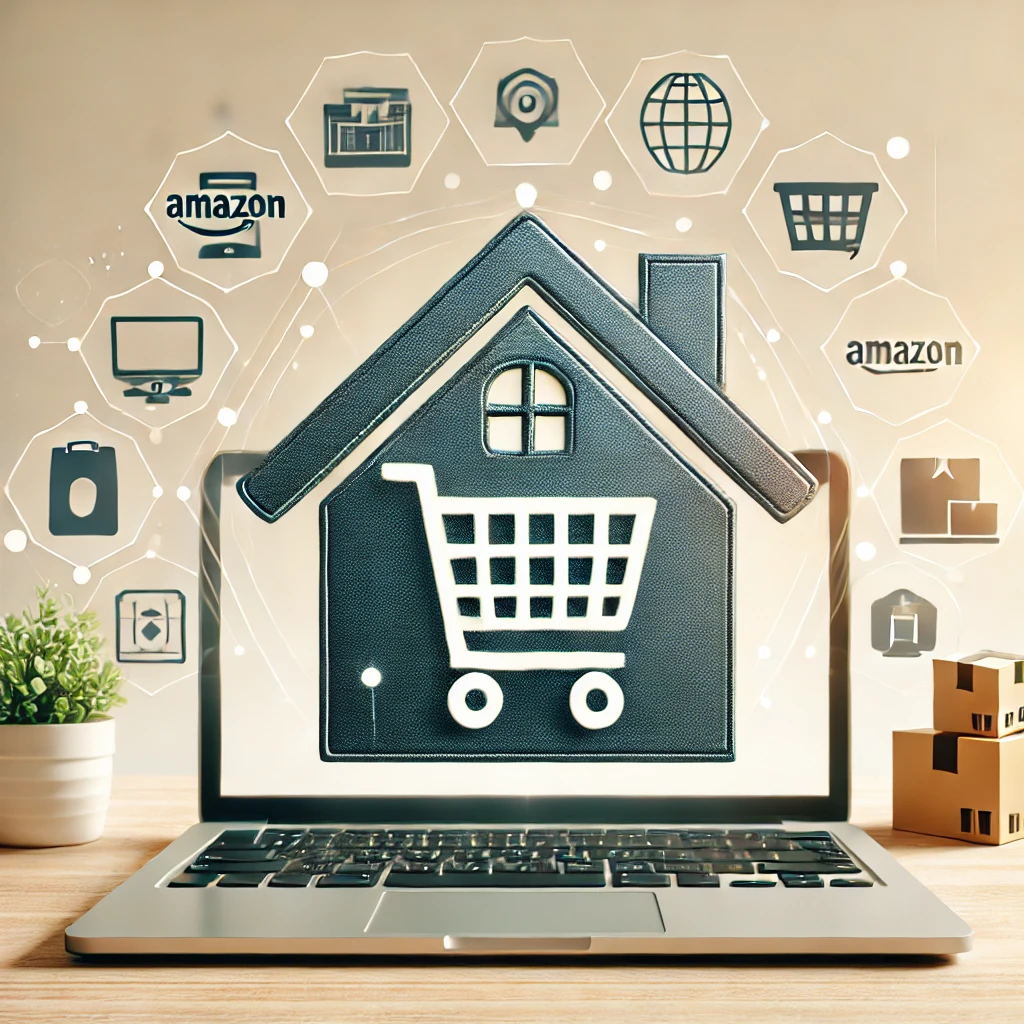
Success in Amazon wholesale selling requires more than just sourcing and listing products. Here are key tips focusing on building a strong brand, providing excellent customer service, and staying updated on Amazon’s ecosystem:
Building a Strong Brand
1. Develop a unique selling proposition (USP)
- Identify what sets your business apart from competitors
- Communicate this clearly in your product listings and storefront
2. Create a professional Amazon storefront
- Use high-quality graphics and a cohesive color scheme
- Write a compelling brand story and mission statement
3. Consistency across listings
- Maintain a uniform style in product titles, descriptions, and images
- Use templates to ensure consistency in information presentation
4. Leverage Amazon’s brand-building tools
- Enroll in the Amazon Brand Registry if eligible
- Utilise A+ Content to enhance product descriptions with rich media
5. Expand beyond Amazon
- Create a website to reinforce your brand identity
- Engage with customers on social media platforms
Customer Service Excellence
1. Respond promptly to inquiries
- Aim to reply to all customer messages within 24 hours
- Use automated responses for common questions to save time
2. Proactive communication
- Send order confirmation and shipping update emails
- Provide tracking information as soon as it’s available
3. Handle issues gracefully
- Address negative feedback quickly and professionally
- Offer solutions that prioritise customer satisfaction
4. Encourage and manage reviews
- Use Amazon’s “Request a Review” button judiciously
- Respond to both positive and negative reviews thoughtfully
5. Go above and beyond
- Include small gifts or thank-you notes with orders
- Offer hassle-free returns and exchanges
Staying Updated on Amazon Policies and Algorithms
1. Regular policy review
- Set aside time weekly to check for Amazon policy updates
- Subscribe to Amazon’s official seller newsletter
2. Utilize Amazon Seller Central resources
- Regularly visit the “News” section in Seller Central
- Take advantage of Amazon’s free online courses and webinars
3. Join seller communities
- Participate in Amazon seller forums
- Join Facebook groups or subreddits dedicated to Amazon selling
4. Monitor algorithm changes
- Use tools like Helium 10 or Jungle Scout to track ranking fluctuations
- Pay attention to sudden changes in your product visibility or sales
5. Attend industry events
- Participate in Amazon-focused conferences and workshops
- Network with other sellers to share insights and strategies
6. Consider professional help
- Invest in courses from reputable Amazon selling experts
- Hire an Amazon consultant for personalised guidance
7. Experiment and adapt
- Regularly test different strategies for listing optimization
- Be willing to pivot your approach based on performance data
8. Stay informed about broader e-commerce trends
- Read industry publications and blogs
- Understand how global events might impact Amazon’s policies or consumer behavior
You can build a resilient and successful Amazon wholesale business by focusing on these areas. Remember that success on Amazon is often the result of consistent effort, adaptability, and a commitment to continuous improvement. As you implement these tips, always keep the customer experience at the forefront of your strategy, as this aligns with Amazon’s customer-centric philosophy and can lead to long-term success on the platform.
FAQ’s
Depending on your location and the products you sell, you may need a resale certificate or sales tax permit. It’s important to check with your local and state government for specific licensing requirements.
FBA is a service where Amazon stores, packs, and ships your products directly to customers. It also handles returns and customer service. FBA is convenient for sellers who want to focus on scaling their business without dealing with logistics.
To price your products competitively, research the market to see what other sellers charge for similar items. Consider all costs, including Amazon fees, shipping, and taxes, and ensure you maintain a profit margin. Dynamic pricing tools can help you adjust real-time prices based on competition and demand.
Common challenges include finding reliable suppliers, managing cash flow, navigating Amazon’s policies, and dealing with competition. However, these challenges can be overcome with proper planning, research, and persistence.
To scale your business, consider expanding your product line, optimizing your listings for better visibility, and using Amazon’s advertising tools to increase sales. Additionally, reinvesting profits into inventory and automation can help grow your business.
Conclusion
Starting an Amazon wholesale selling business from home offers a promising path to financial independence and entrepreneurial success. You can build a profitable business from home by understanding the wholesale model, conducting thorough product and supplier research, and leveraging Amazon’s vast marketplace. Success in this venture requires careful planning, consistent effort, and a willingness to adapt to market changes. With the right strategies and tools, you can overcome challenges and steadily grow your business, turning it into a sustainable and rewarding income source.

